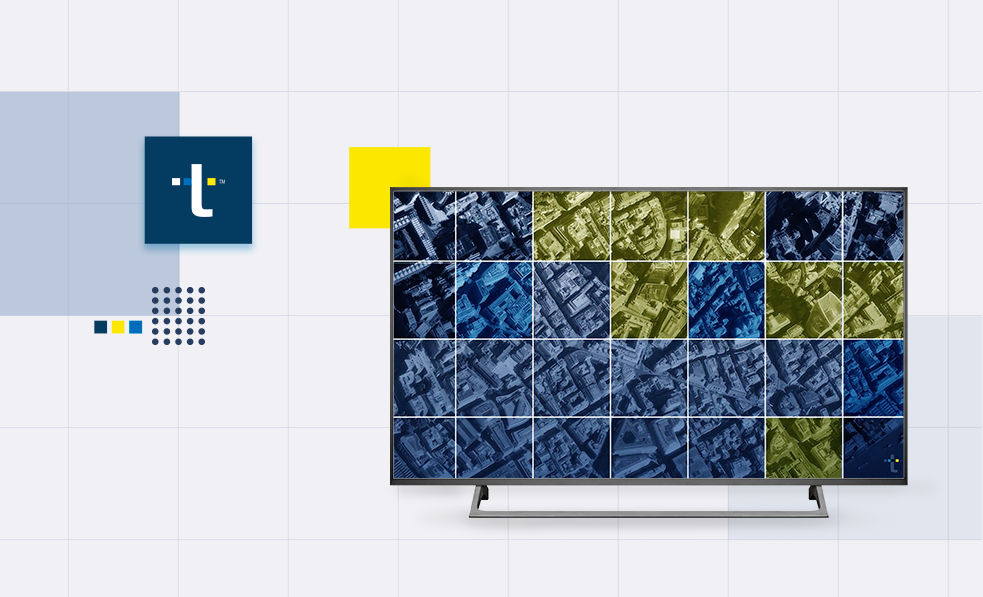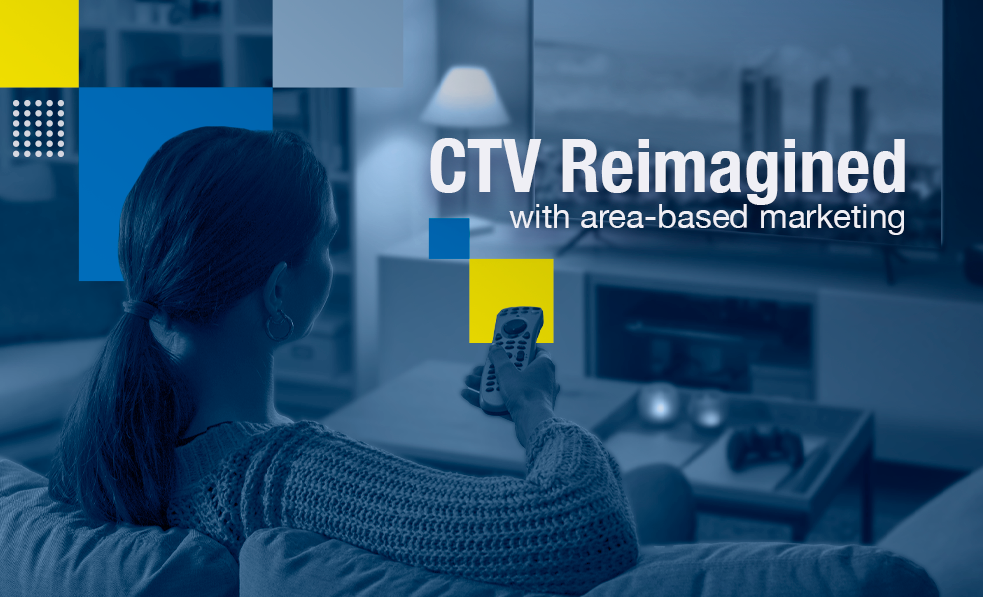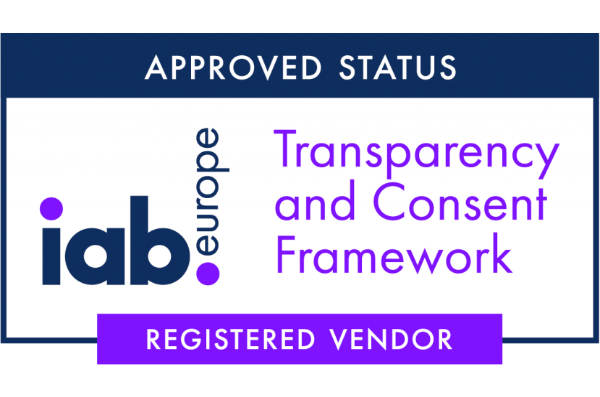There are glasses and then there are glasses…
If you’re a bit “up to date”, you’ll know that Google has been working for two years in developing “GLΛSS”, augmented reality glasses that allow users to obtain the same information they can obtain from their mobile phones in a hands-free format.
Regular glasses, the ones you and I have been talking about until now, were invented more than 700 years ago by an Italian friar and, for all these years, we’ve been using them for what they were originally designed: to improve our sight.
Smartphones are much more recent. In addition to allowing us to make phone calls from anywhere, they allow us to connect to the Internet and use increasingly complex apps and games.
OPTION A
We can design something completely new, from scratch, that only incorporates the features we really need from glasses and the ones we really need from smartphones. From the former, we’d keep the temples, which will allow us to hold the new device to our ears, and the bridge, which will do the same with our noses. We’d select the best materials for these parts, the ones that are most resistant, flexible and light. Their design would be modern, futuristic, like the product we’re creating. From smartphones, we’d keep the fastest, lightest and most powerful hardware components. A small screen would provide us with the information we need and a microphone with speech recognition would allow us to interact with the device, for which custom software would be created. The results would be what we’ve all seen:

OPTION B
The other option available to us would be to worry about nothing other than extending the functionality of the glasses we “already know how to make” with the functionality of smartphones. We wouldn’t eliminate what we don’t need, we wouldn’t select the best from each existing device and we wouldn’t adapt the software… The results would look somewhat like this:

The past legacy of Windows 95
The example above may seem like an exaggeration but it wouldn’t be the first time something like this happens. Since 1995, and for 6 long years, Microsoft simply worked in adding functionality (graphical interfaces) to its MS-DOS operating system (which dated back to 1981) to launch Windows 95, which would be followed by Windows 98, Windows 98SE and Windows ME. Said dependence on MS-DOS clearly affected the product’s quality and performance as well as the company’s image (which it still keeps). You can graphically go over the launch of Microsoft operating systems here:

It wasn’t until Windows XP that Microsoft truly changed its strategy when launching products. With XP, the dependence on MS-DOS was abandoned, the best of Windows NT was reused and the user interface was redesigned (XP=eXPerience). The results speak for themselves: Today, 12 years later, Windows XP remains the second most widely used operating system, with a very significant market share of 37.2%.

adServer mobile or adServer with a mobile quick fix?
The exact same thing happens in the mobile advertising ecosystem. In this business, the key component of advertising technology goes through the AdServer. An AdServer is basically a platform that receives advertising requests from different websites visited by users and that returns an advertising campaign for each of them according to certain parameters. This technology has been operating since 1995 and has been increasingly improved as the World Wide Web developed.
Back in 2010, coinciding with the smartphone boom, many traditional adServers that had been operating in the desktop environment for years decided to expand their functionality to provide services to mobile phones. To do this, they added the features of mobile devices to their platforms, which are still based on the original “desktop” design and that originally didn’t take into account certain aspects that are currently very basic in the mobile world: We’ve taken all these details and many others into account over the last two years while designing and developing our advertising platform Sonata.
How about you? Do you have a completely thought out solution for mobile phones to serve campaigns using this medium? Or is it just a quick fix?

















